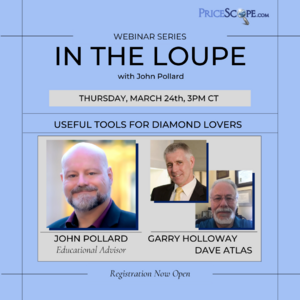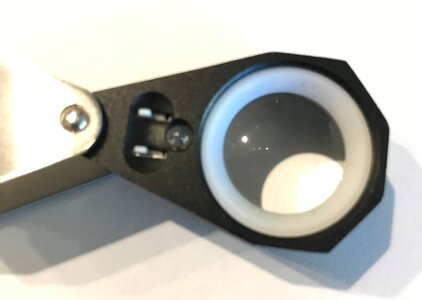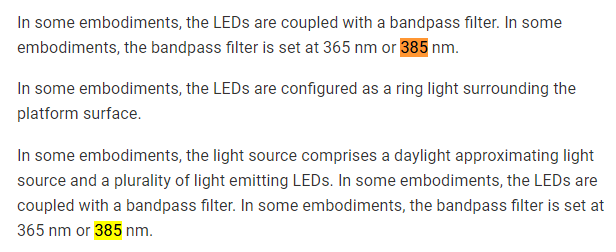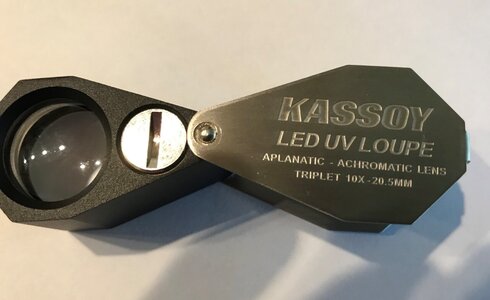- Joined
- Apr 19, 2008
- Messages
- 1,493

The majority of us like diamonds and jewelry, but if you find yourself starting down the “prosumer” (or, “professional consumer”) path, don’t miss our "Useful Tools for Diamond Lovers" webinar!
On Thursday, March 24th at 3pm CT, PriceScope Educational Advisor John Pollard leads Gemologist-Appraiser and PS Concierge Lead Dave Atlas and Geologist-Gemologist, HCA and Ideal Scope developer Garry Holloway in an in-depth discussion on the most common tools consumers buy and how useful they really are, from loupes, gauges, calipers, to gem testers and more, as well as sharing some insight on some more advanced tools for veteran hobbyists.











300x240.png)